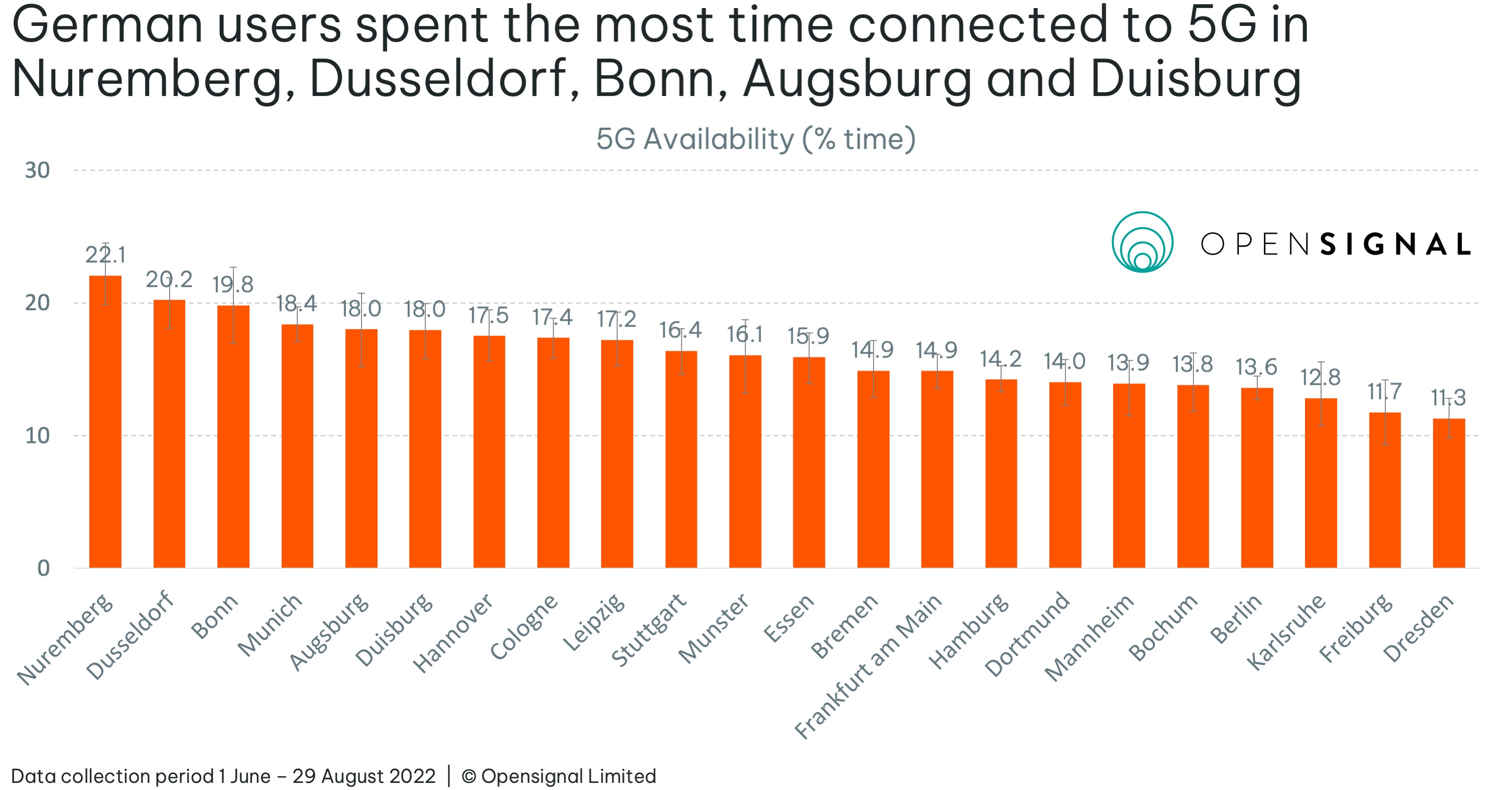With 85% 5G coverage in Germany; only 40% have used a 5G network
At least half of the population in Germany has never used a 5G mobile network. That is the result of a representative opinion poll published on Saturday by Innofact AG, which was commissioned by comparison portal Verivox. In the survey, 40 percent of people in Germany said they had already used the 5G network once or several times. 49 percent have never been on the 5G network, and 10 percent are not sure. They have either been in the 5G network unknowingly or belong to the group that has not yet transmitted data in a 5G network.
The 5G mobile network is faster than previous network generations (LTE or UMTS). It also has lower latency, which means that the connection responds faster when accessing websites or apps. This plays a role in online gaming, for example. 5G also allows for a greater number of devices to be connected simultaneously. This is important, for example, at major events such as a soccer match, when many fans in the stadium are uploading or watching videos at the same time.
According to the latest statistics from the Federal Network Agency, around 85 percent of Germany is currently covered by 5G networks. In the city states of Berlin, Hamburg and Bremen there is virtually full coverage, while in the territorial states the figures are lower. Baden-Württemberg, Hesse, Rhineland-Palatinate and Thuringia have the lowest rollout rates, at just under 80 percent. Deutsche Telekom recently said its 5G network already reaches 94% of the overall population in Germany. During 2022, Germany’s largest operators have been focusing on the expansion of their 5G networks, with some operators already offering coverage to more than 80% of the country’s population.
The expansion rate also varies among the four 5G network providers. As stated, Deutsche Telekom reported 94 percent household coverage for 5G. Vodafone ‘s 5G household coverage is 80 percent, while Telefónica (O2) is at 75 percent. New entrant 1&1 operates only a few of its own 5G radio masts so far. Large discounter brands such as Aldi Talk, which mainly operate on Telefónica networks, do not yet offer any 5G rates.
“That 5G network usage remains below its potential is no surprise in times of high inflation,” said Jens-Uwe Theumer, Vice President Telecommunications at Verivox. “After all, anyone who wants to surf via 5G needs an appropriate smartphone as well as a 5G-compatible rate plan. Both components are comparatively expensive.” Recently, however, prices for 5G smartphones had dropped sharply. Entry-level models are available from around 200 euros.
The Verivox survey showed no urban-rural divide in 5G usage, although the 5G network is better developed in urban regions than in rural areas. For example, 20 percent of residents of rural communities and smaller towns say they have already been on the 5G network several times – among residents of large cities (100,000 inhabitants or more), the figure is only slightly higher at 25 percent. There is also a small difference in the number of non-users, which is 50 percent in smaller towns and communities and 47 percent in large cities.
However, 5G use declines with increasing age. Young people under 30 say they have already used the 5G network at least once. Among respondents over 70, this figure is only 17 percent. Among respondents aged 50 to 69, 29 percent say they have already surfed via 5G. Across age groups, more than one in four men use the 5G network more often, but only 17 percent of women.

…………………………………………………………………………………………………………………………………………………………………………………………………………………………………
References:


